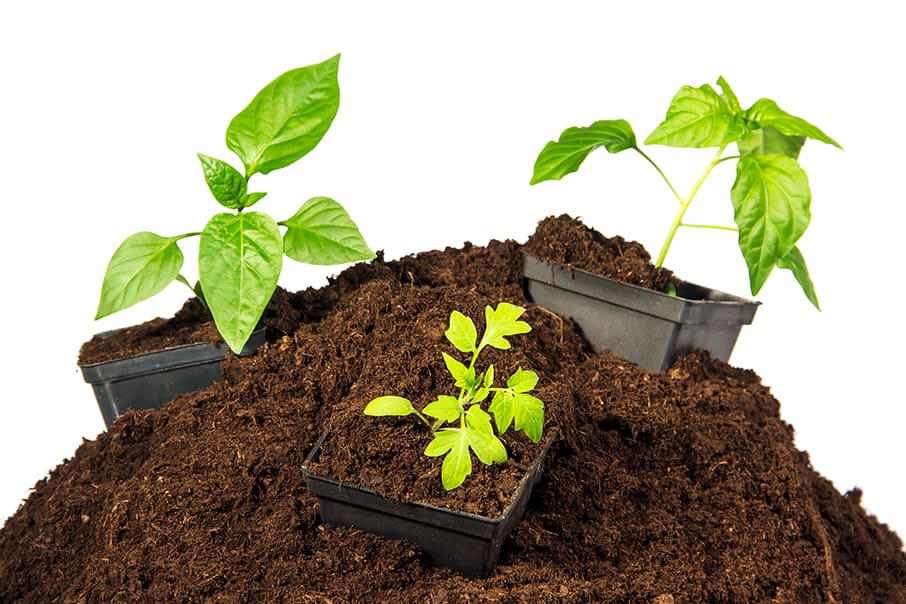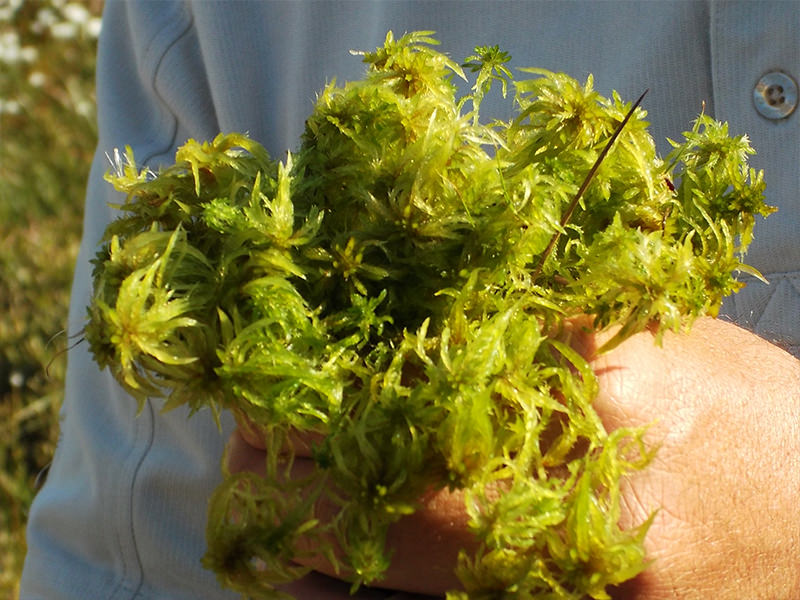Sphagnum peat moss, derived from decomposed sphagnum moss, is a versatile plant growth medium and soil amendment. Its unique properties make it highly beneficial for plants, enabling optimal growth and health. You can also get idea which one is better, peat moss vs compost OR sphagnum peat moss. This article will explore the advantages of sphagnum peat moss and how to incorporate it into your planting and gardening practices.
Benefits of Sphagnum Peat Moss for Plants
Sphagnum peat moss offers a wide range of advantages that contribute to the overall well-being of plants:
1. Retention of Moisture and Nutrients
Peat moss has excellent water-holding capacity, reducing the watering frequency and ensuring plants can access moisture. It also retains essential nutrients, preventing them from leaching out of the soil.
2. Enhanced Root Development
The fibrous structure of peat moss facilitates root penetration and growth. It creates a favorable environment for root establishment, leading to healthier and more robust plants.
3. pH Balancing Properties
Peat moss is slightly acidic, making it ideal for neutralizing alkaline soils. It helps balance the pH levels, creating a more favorable environment for plant nutrient uptake.
4. Disease Prevention and Pest Control
Sphagnum peat moss contains natural antimicrobial and antifungal properties. It acts as a protective barrier against common soil-borne diseases and pests, reducing the risk of plant infections.
Using Sphagnum Peat Moss in Planting and Gardening

Now that we understand the benefits of sphagnum peat moss let's explore how to incorporate it into your planting and gardening practices:
1. Incorporating Peat Moss into Potting Mixes
Mix sphagnum peat moss with other components like perlite, vermiculite, and compost to create a well-balanced potting mix. Use it for starting seeds, transplanting seedlings, or repotting houseplants to provide them with a nutrient-rich and well-draining medium.
2. Improving Garden Soil with Peat Moss
Work sphagnum peat moss before planting in garden beds into the existing soil. It is particularly beneficial for sandy or clay soils. Mix a layer of peat moss thoroughly to enhance soil structure, water retention, and nutrient availability.
3. Top Dressing and Mulching with Peat Moss
Apply a thin layer of sphagnum peat moss around the base of plants as a top dressing. It helps conserve moisture, suppresses weed growth, and gradually releases nutrients as it decomposes. Additionally, use peat moss as mulch to insulate the soil and save plant roots from temperature extremes.
Sphagnum Peat Moss and Organic Gardening
If you practice organic gardening, there are the following essential considerations regarding sphagnum peat moss:
1. Organic Certification and Peat Moss
Look for peat moss labeled as organic or certified for organic use. It ensures it has been sourced sustainably and without synthetic additives or harmful chemicals.
2. Sustainable Peat Moss Harvesting Practices
Sustainable peat moss harvesting involves responsible peatland management, minimizing ecological impact, and restoring harvested areas. Opt for peat moss from suppliers who adhere to sustainable practices to support environmental conservation.
Conclusion
In conclusion, harnessing the benefits of sphagnum peat moss offers numerous advantages in various fields. Its water retention capacity, aeration properties, soil structure improvement, and nutrient enrichment make it a valuable resource for horticulture and gardening. Responsible peat moss extraction practices can also contribute to carbon sequestration and mitigate climate change. By understanding and utilizing the unique qualities of sphagnum peat moss, we can optimize its benefits while ensuring the sustainability of peatlands.


